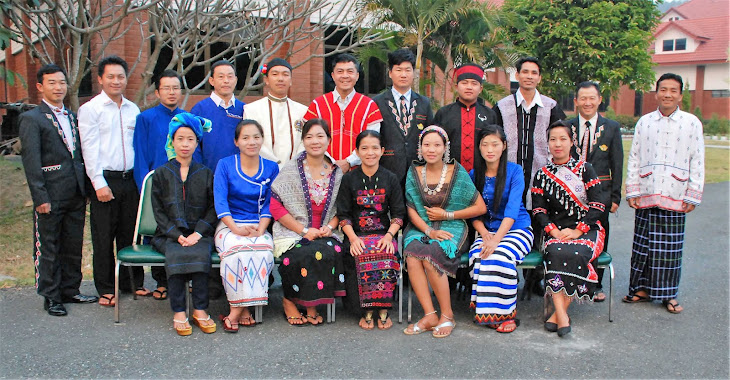
 We are very excited to announce that we are entering a new partnership with a dental ministry based in Louisville, Kentucky. It's called mPower and their teams travel the world doing short-term training programs of indigenous Christian workers in both dental and medical services.
We are very excited to announce that we are entering a new partnership with a dental ministry based in Louisville, Kentucky. It's called mPower and their teams travel the world doing short-term training programs of indigenous Christian workers in both dental and medical services.Burmese Evangelist Timothy and Jon Ulm attended the Global Health Missions Conference at Southeast Christian Church in Louisville back in November of this year. At the conference, God led us to Dr. Charlie Vittatow and Linda Webster and others of the mPower mission. We began telling them about our need to have dentists come to help with our training. We told them how critical this training is to the ministry of our Barefoot Doctors, but that we were becoming anxious about being able to find someone to train our students in basic dental skills before they graduate in March. Their response gives us no doubt but that God is putting our two ministries together!
Since November we have been in close contact with Linda Webster of mPower to better understand their training methods and to work out the details for them to fit into our schedule. It is obvious God wants this partnership to happen, and we can already see that the three mPower dentists who have committed to coming to Chiang Mai are going to be a God-send to our program. In addition, we have another dentist coming from Denver that same week, Dr. Robert Gardiner, who will help with the training also.
The picture at the top of this post shows mPower dentists doing this kind of training elsewhere. If you want to know more about mPower, please visit their website at: http://www.mpowerapproach.org/
You can also watch the following video online: http://youtu.be/0x73Sje-eow?hd=1
We are busy raising funds for the training modules that will be used by mPower while they are with us. These include the dental tools and supplies our students will take with them when they return home to Myanmar. We want to supply each of our 26 students with the tools and supplies they need, but that will cost $25,000 or more! Since we are already scrambling to have the funds necessary to bring these students to Thailand and keep them there for 8 or 9 weeks, this is a very big challenge!
Please consider making a donation to Frontier Labourers for Christ, earmarking your gift for the Barefoot Doctors program. The address for our treasurer is in the sidebar of this blog. Thank you for your gifts and for your prayers!














 for the western medical and mission leaders present because the funds were short last year and they received very little medicine from the mission. This year things are looking much better but the Barefoot Drs in the field need to be resupplied due to the shortfall of last year. I know we have enough funds to get them all some medicine but we are still underfunded to meet our goal and cover all the costs of the training program itself. If you intended to donate and have not done it yet, it is not too late and any amount goes a long way in this program. You can send donations to:
for the western medical and mission leaders present because the funds were short last year and they received very little medicine from the mission. This year things are looking much better but the Barefoot Drs in the field need to be resupplied due to the shortfall of last year. I know we have enough funds to get them all some medicine but we are still underfunded to meet our goal and cover all the costs of the training program itself. If you intended to donate and have not done it yet, it is not too late and any amount goes a long way in this program. You can send donations to:



































